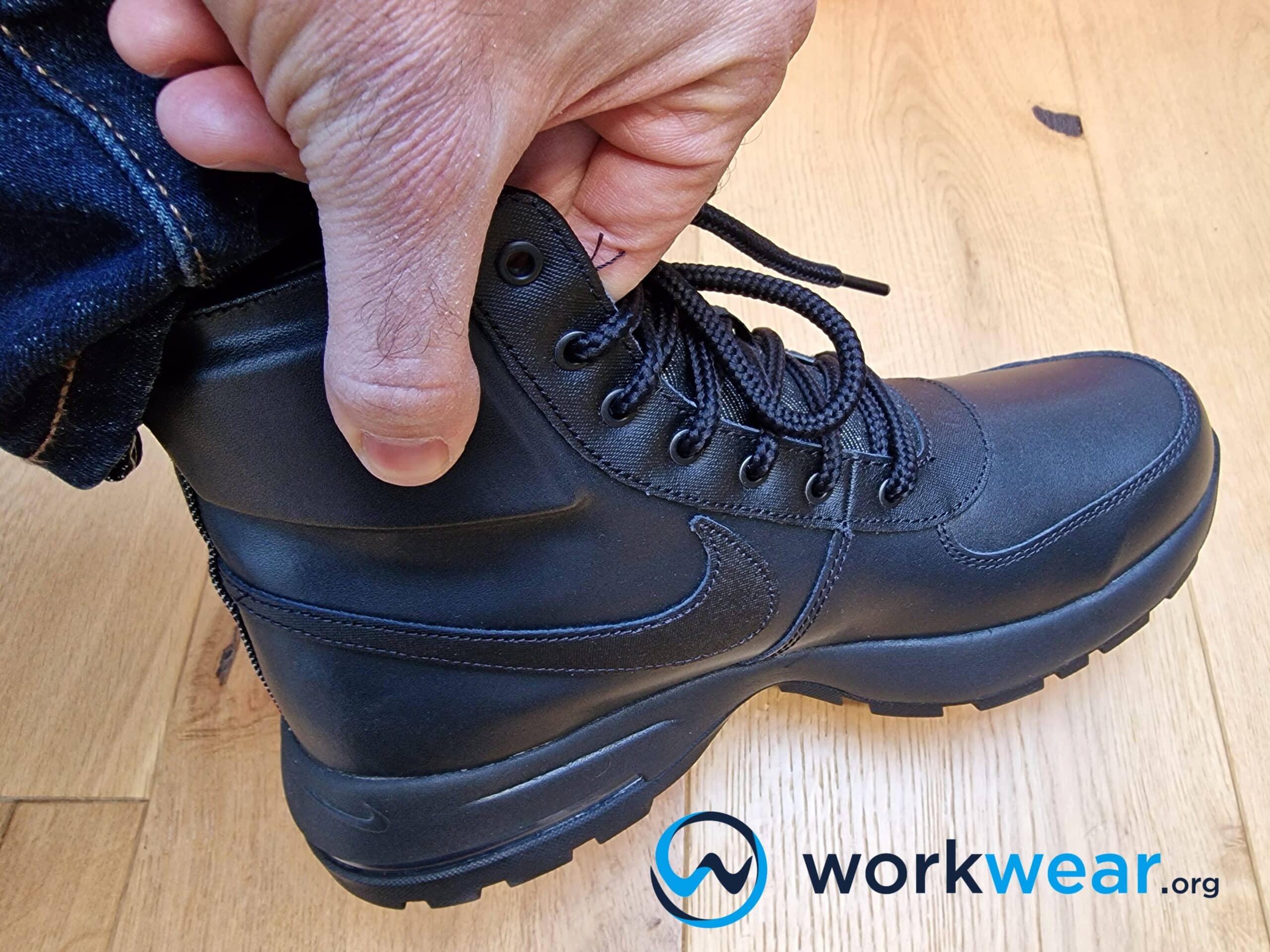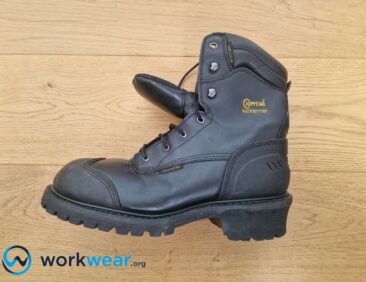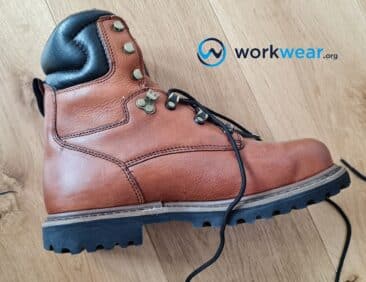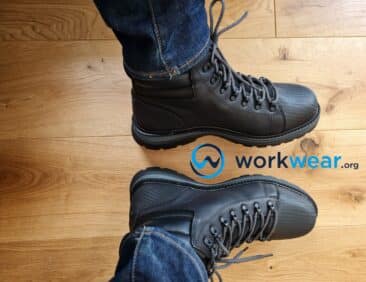Work Boots Width Explained
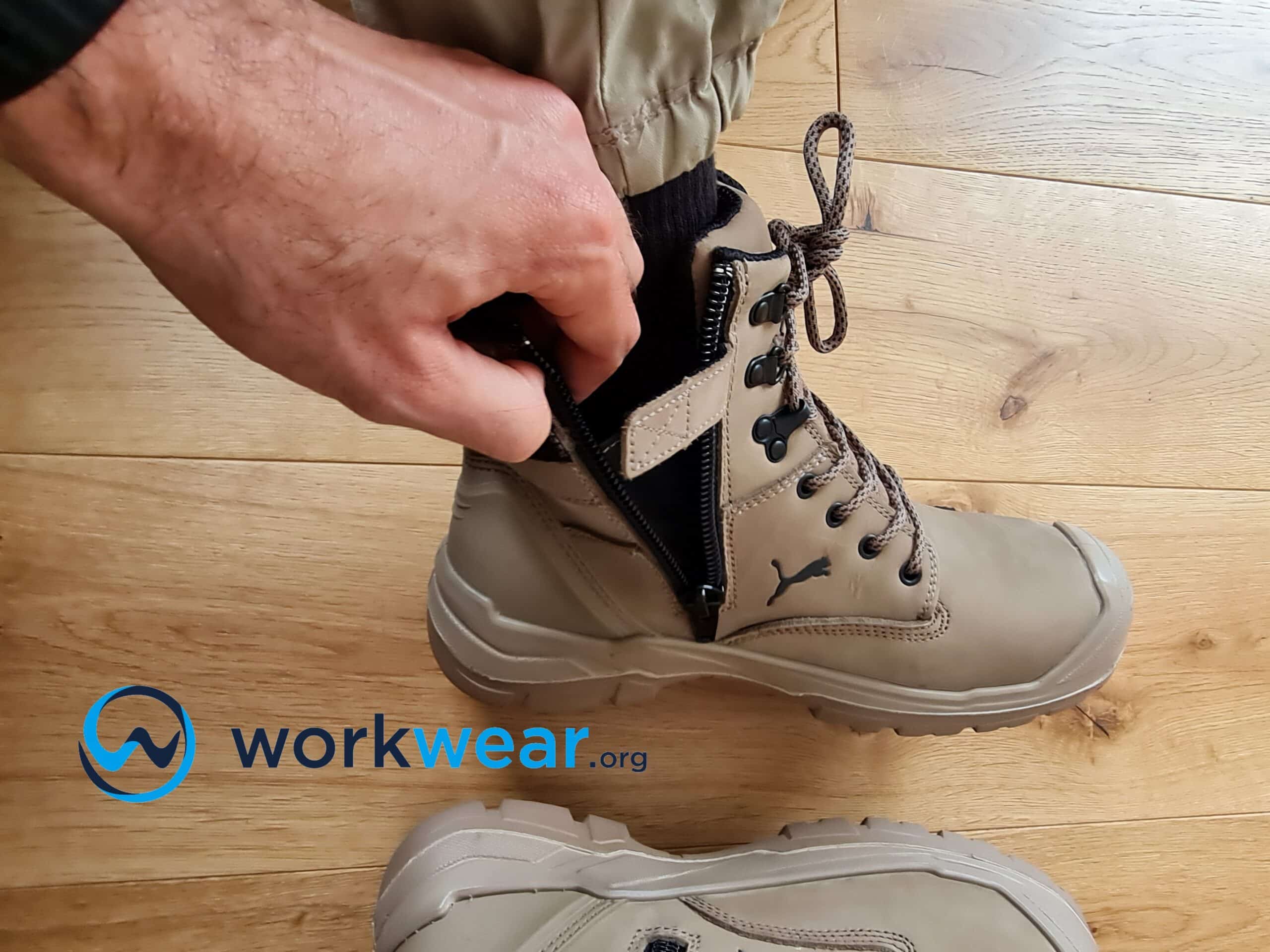
When considering the correct sizing of work boots, it’s equally important to ensure the right width and length. This ensures that the footwear has the right amount of space lengthwise and crosswise to keep the foot supported and protected without compromising long-lasting comfort. The right size won’t deliver the expected benefits if the work boot is too narrow that it causes pain or too loose, resulting in unstable walking.
Shoe length sizes increase with corresponding numbers (with a size 10 work boot being larger/longer than a size 9), but shoe widths are represented by letters that go up with wider choices. Typically, shoes or boots listed with just numbers are available only in normal width sizes. However, that width sizing is a bit trickier than the shoe length. For example, the letter A denotes a narrow-width shoe, while E is a wide shoe. For men, shoes with a 2E size are considered wide, while 4E is an extra-wide size.
Shoe Width Designation by Letters Explained
Shoe widths are designated using the letters A to E, with A corresponding to the narrowest sizes and E to the largest/widest options. Adding more letters points to how narrow or wide the boots’ sizes will be, as explained further below.
A Widths
Work boots for women with the letter A indicated in the width section can be described as narrow or extra-narrow. The same letter can be seen in men’s boots, signifying an extra-narrow width. It’s worth noting that the more A letters are added to the sizing indicator – such as AA, AAA, or AAAA – the narrower the footwear will be. This size regression can also be represented with numbers, with AA being the same as 2A, AAA equivalent to 3A, and AAAA the same as 4A. With these designations, work boots with a size width of 4A are much narrower (or slimmer) than those with 2A on the width section.
B Widths
A B width represents a narrow fit for men’s work shoes and boots. However, women’s work boots and shoes with B in the width section are considered regular or standard (or medium) width.
D Widths
Men’s footwear choices designated D in the width section have a medium or normal (standard) width. This is the most common width option that most boot and shoe manufacturers offer. Meanwhile, women’s shoes with a D width are already considered wide.
E Widths
Work boots with E widths are considered the widest, with sizes beyond 2E representing extra-wide options. 2E and 4E are the most common width options that boot manufacturers offer, with the addition of more letters denoting increasingly wider footwear. Typically, 4E wide work boots for men are considered extra-wide, while it’s not common to see 4E wide work boots for women – since 2E is already the extra-wide option for women’s footwear. Traditionally, not many shoe manufacturers offered E width options, especially for footwear designed specifically for women. Fortunately, more brands are now offering their footwear in 2E and 4E width sizes to cater to wide feet requirements.
It’s worth noting that some manufacturers use their designations regarding work boots’ width sizes. For example, Rockport uses the letters N, M, W, and X for men’s shoes to describe narrow, medium, wide, and extra wide fits, respectively.
Some of the best brands offering work boots in extended width range options are listed below:
Wide Size Options By Work Boot Brand
| Brands |
Extended Widths |
|---|---|
| Ariat |
|
| Thorogood |
|
| Bates |
|
| Clarks |
|
| Merrell |
|
| Timberland PRO |
|
| Wolverine |
|
| Carhartt |
|
| Timberland |
|
| Skechers |
|
| Columbia |
|
| Reebok |
|
| Rockport |
|
| New Balance |
|
| Nike |
|
How to Determine the Right Work Boot Width
Choosing the right width of work boots is easy if you get to try the footwear before buying it. However, you’ll need to know your feet’s width if you need to purchase the boots without actually trying them on – such as when shopping online. The best way to measure your feet’s width is to trace each foot on a piece of paper, and then measure the widest part of each outline. In case the feet don’t have the same width, use the wider measurement in choosing the appropriate boot width.
Boot manufacturers often have different shoe sizing specifications, so it’s best to use your foot’s measurement and consult the manufacturer’s size guide when choosing the correct width size for work footwear. This way, it will be easier to get the correct work boot width for a specific brand. Below are some brands’ work boot width sizing charts and shoe width descriptions that can be used as references.
Thorogood
| Shoe Width |
Measurement in Inches |
|---|---|
| Narrow |
|
| Medium |
|
| Wide |
|
| Extra Wide |
|
Skechers
|
Width |
Description |
|
|---|---|---|
| Men’s Sizes |
|
|
|
|
|
|
|
|
|
|
|
|
|
|
| Women’s Sizes |
|
|
|
|
|
|
|
|
|
Clarks
|
Width |
Description |
|
|---|---|---|
| Men’s Sizes |
|
|
|
|
|
|
| Women’s Sizes |
|
|
|
|
|
|
|
|
|
|
|
|
|
Nike
|
Shoe Size |
Narrow |
Medium |
Wide |
|
|---|---|---|---|---|
| Men’s Sizes |
|
|
|
|
|
|
|
|
|
|
|
|
|
|
|
|
|
|
|
|
|
|
|
|
|
|
|
|
|
|
|
|
|
|
|
|
|
|
|
|
|
|
|
|
|
|
| Women’s Sizes |
|
|
|
|
|
|
|
|
|
|
|
|
|
|
|
|
|
|
|
|
|
|
|
|
|
|
|
|
|
|
|
|
|
|
|
|
|
|
|
|
|
|
|
|
|
New Balance
|
Width |
Description |
|
|---|---|---|
| Men’s Sizes |
|
|
|
|
|
|
|
|
|
|
|
|
|
|
|
|
|
|
|
|
|
|
| Women’s Sizes |
|
|
|
|
|
|
|
|
|
|
|
|
|
|
|
|
|
|
|
|
|
Rockport
|
Width |
Description |
|
|---|---|---|
| Men’s Sizes |
|
|
|
|
|
|
|
|
|
|
|
|
|
|
| Women’s Sizes |
|
|
|
|
|
|
|
|
|
|
|
|
|
|
|
|
|
Conclusion
The width of work boots is an important aspect to consider for choosing work footwear with the best fit. The right width will ensure that the work boot will function at an optimal level, enabling the wearer to maximize the footwear’s benefits without sacrificing a comfortable walking experience. Width sizing information can vary across different brands, with manufacturers often offering their own width designation or measurements. Checking the specific brand’s width specifications and guidelines can make the selection process easier by minimizing confusion. This way, it becomes more efficient to choose the most appropriate boot width that can deliver maximum support, comfort, and protection in the workplace.
FAQs
- How can one determine if a work boot has a medium or standard width?
- Most work boots with standard (not wide or narrow) fit have the length indicated through numbers, without any letters included. However, this isn’t always the case, as some manufacturers have their indicators for medium or standard sizes. For example, Clarks uses the letter G to indicate a standard fit for men’s work boots, while Rockport uses M for men’s shoes with a medium fit.
- Are width options the same for all work boots?
- No – the width options can vary from manufacturer to manufacturer. One brand’s medium-width work boot may be considered narrow or snug by another brand, so it’s best to check the manufacturer’s width chart (if available) to get the correct width sizing. A work boot’s style may also affect how wide it will feel when it’s worn.
- What are the measurement variations between one boot width level to the next?
- The measurements for each width option are specified by work boot manufacturers. Some brands indicate a difference of ⅟4 inch from medium wide and from wide to extra wide widths. Others have ⅜ inch additions to each width level.
- What work boot width feels the most secure?
- It depends on the foot’s shape and width. Work boots with a snug fit may securely support narrow feet but feel too tight for those with wide feet. In these cases, a wider width option is needed to achieve superior comfort and a secure fit while walking and working.
678+
Products Reviewed
24+ Years
Combined Experience
500+ Hrs
Field Testing
